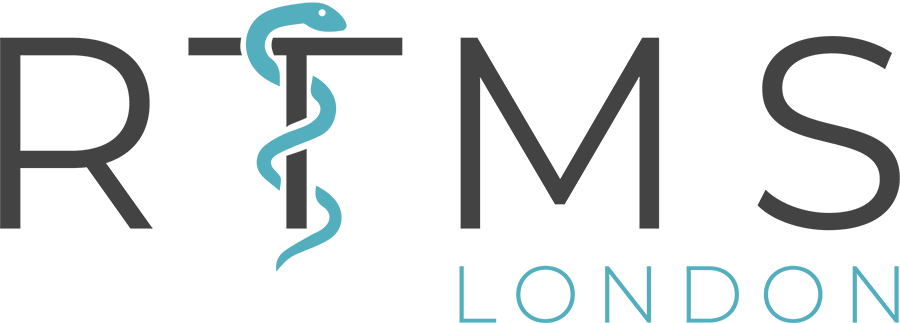Resistance Training With Fibromyalgia
People with fibromyalgia syndrome (FMS) are often unsure about whether resistance training is a good idea, with concerns that it will make their aching muscles even sorer. Recent research, however, found that the opposite is in fact true, with strength training having been found to improve pain, tenderness and function in people with FMS.
What is Resistance Training?
Some have the impression that resistance training involves going to the gym and lifting heavy weights for an hour, but that is only one example of it. Yoga and pilates, or using resistance bands, kettlebells or bodyweight exercises also count, and can be done easily in your own home. The aim of this type of training is to increase muscle strength, power or endurance, which can improve your day to day function by making activities such as walking, climbing stairs or carrying shopping easier. Resistance training has also been found to offer numerous other health benefits, including improved joint health, brain function and mood, reducing your risk of diabetes and heart disease, and helping you to maintain a healthy weight.
Good Pain vs Bad Pain
A major obstacle to resistance training for many people is the post-exercise soreness that frequently occurs, something that is often felt even more strongly by people with FMS due to their increased sensitivity to pain. One important thing to understand in order to overcome this is the difference between good and bad pain:
Good pain – This is the normal delayed onset muscle soreness (DOMS) that is felt in a muscle 24-48 hours after exercise, it usually lasts for a few days and is actually a healthy sign that the muscles are being stimulated to become stronger. This is usually felt more intensely in the first few weeks of adopting a resistance training programme, and becomes less severe as your body adapts to its new routine. This type of pain can be recognised by a feeling of soreness or stiffness in muscles that have been targeted in the previous workout, and usually affects both sides of the body in a similar way.
Bad pain – This is the type of pain that may indicate an injury. It is usually felt on one side of the body, and often in a joint or tendon, rather than the muscle itself. The pain may be sharp and become worse during activity. If you suspect that you may have this type of pain, it is recommended that you consult a doctor, physiotherapist or osteopath to help you rehabilitate the injury in a healthy way.
Understanding the difference between these two types of pain is crucial, as it will allow you to manage your training programme in a healthy and sustainable way.
What is the best type of resistance training?
In short, the best type of training is the one that you enjoy doing. If you find a fun pilates class, go for that. If you find lifting heavy weights satisfying, maybe that is the best option for you. One of the keys to getting benefits from resistance training is consistency, and finding an activity that you enjoy will massively improve your chances of achieving this. With that said, here are our top three tips to keep in mind when choosing an activity:
- Focus on controlled movements – Activities such as HIIT workouts or crossfit classes are enjoyed by many people, however the high intensity nature of these can increase the risk of post exercise pain for people with FMS, so focusing on slower, controlled movements may be better.
- Isometrics are a great place to start – Isometric exercise involves maintaining a position against resistance, without moving any joints (for example, holding a plank position). This can be a good starting point as it challenges the muscles without overexerting any joints, meaning that the post exercise soreness is often less intense. Yoga and pilates often involve lots of isometric activities.
- Find what works for you – Everyone’s body reacts differently to activities, so while some may find bodyweight workouts best for their symptoms, others may do better with lifting weights. Do not be afraid to try out different options until you find one that works for you, but remember that your body will take a few weeks to adapt to a new form of exercise, so be sure to give each one a bit of time before you make your decision.
In summary, resistance training can be very beneficial for many people with FMS, although the specific form that you choose is very much a personal decision. Although the results can take a few weeks to achieve, the effect is often significant, and the numerous other benefits make it something that is well worth trying. As always, work within your limits and be kind to yourself, accepting that some days will feel easier than others, and allowing yourself plenty of time to rest in between sessions.
For any questions about resistance training, or how rTMS can help to reduce your symptoms of FMS, please do not hesitate to contact our friendly team.
Posted on 15th February 2022
